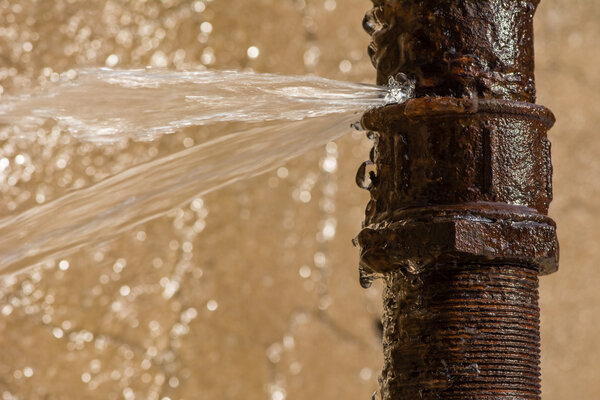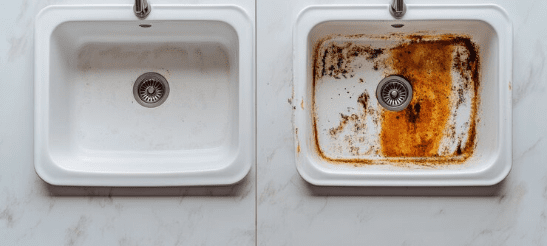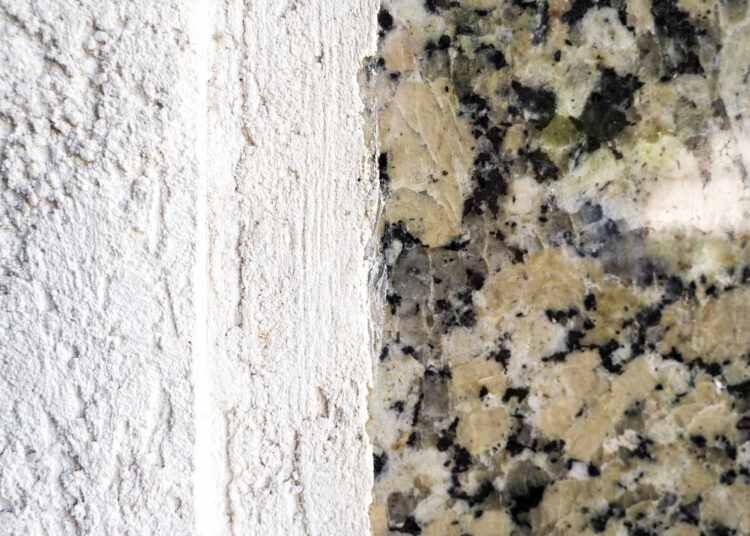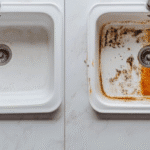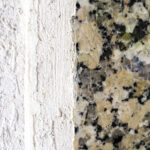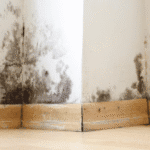Why Does Basement Flooding Happen?
Before we dive into prevention, it’s essential to understand why basement flooding occurs. The main culprits are typically poor drainage, cracks in the foundation, and inadequate waterproofing. During heavy rain, water can accumulate around your foundation, making its way into your basement through small cracks or gaps. Over time, the soil around your home can become saturated, leading to water pooling around your foundation and potentially entering your basement. If left unchecked, this water can lead to structural damage, mold growth, and damage to personal belongings stored in your basement. Thankfully, there are several ways to prevent these issues before they arise.Steps to Prevent Basement Flooding
1. Install a Sump Pump
A sump pump is one of the most effective tools for preventing basement flooding. It works by collecting water that accumulates in a sump basin and pumping it away from your foundation before it has a chance to flood your basement. Here’s how to ensure your sump pump is effective:- Test the sump pump regularly: Check that it works every few months to ensure it’s functioning properly.
- Maintain the discharge pipe: Ensure the discharge pipe is directed away from your foundation. If the pipe is clogged or broken, it will do little to prevent flooding.
- Install a battery backup: In case of a power outage during heavy rain, a battery-powered backup pump can ensure the water is still removed.
2. Improve Your Home’s Drainage System
Good drainage is essential for preventing basement flooding. If water accumulates around the foundation of your home, it’s much more likely to seep into the basement. Here are some drainage improvements you can make:- Clean your gutters and downspouts: Gutters and downspouts direct water away from your home. If they’re clogged with leaves, dirt, or debris, water can spill over and pool around your foundation. Make sure your gutters are cleaned regularly, especially before the rainy season.
- Extend your downspouts: Ensure downspouts extend at least 6 feet away from your foundation. Water that drains too close to the foundation can seep into the basement.
- Install a French Drain: A French drain is a trench filled with gravel and a perforated pipe that helps redirect water away from your foundation. It’s an excellent way to improve drainage in areas that are prone to heavy rainfall.
- Landscape with slope: The ground around your home should slope away from the foundation. This allows rainwater to flow away from your home instead of towards it. A slight slope of at least 6 inches over 10 feet is ideal.
3. Waterproof Your Basement
Waterproofing your basement can provide an added layer of protection. This involves applying materials to your basement walls and floors that prevent water from entering.- Apply waterproof sealant to walls: Using a high-quality waterproof sealant on your basement walls can block small cracks and prevent water infiltration. Sealants can be purchased at most home improvement stores and are relatively easy to apply.
- Install a vapor barrier: A vapor barrier is a plastic sheet that prevents moisture from seeping through your basement walls or floors. Installing one can help minimize the risk of mold and mildew growth.
- Use waterproof coatings for floors: For concrete floors in your basement, applying a waterproof coating can make them more resistant to moisture.
4. Seal Foundation Cracks
Over time, small cracks can form in your foundation due to settling or shifting. These cracks provide an easy entry point for water. To prevent water from seeping in, inspect your foundation regularly for cracks and repair them immediately.- Use epoxy or polyurethane foam: These materials are effective for sealing cracks and preventing water infiltration. They expand to fill the crack, forming a waterproof seal.
- Consider professional foundation repair: If you notice larger cracks or significant structural damage, it’s a good idea to hire a professional to inspect and repair your foundation.




